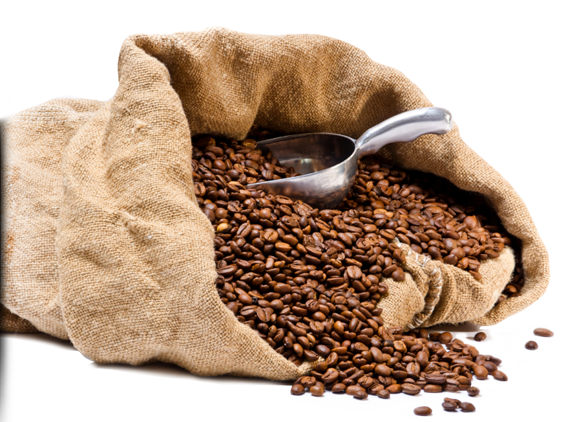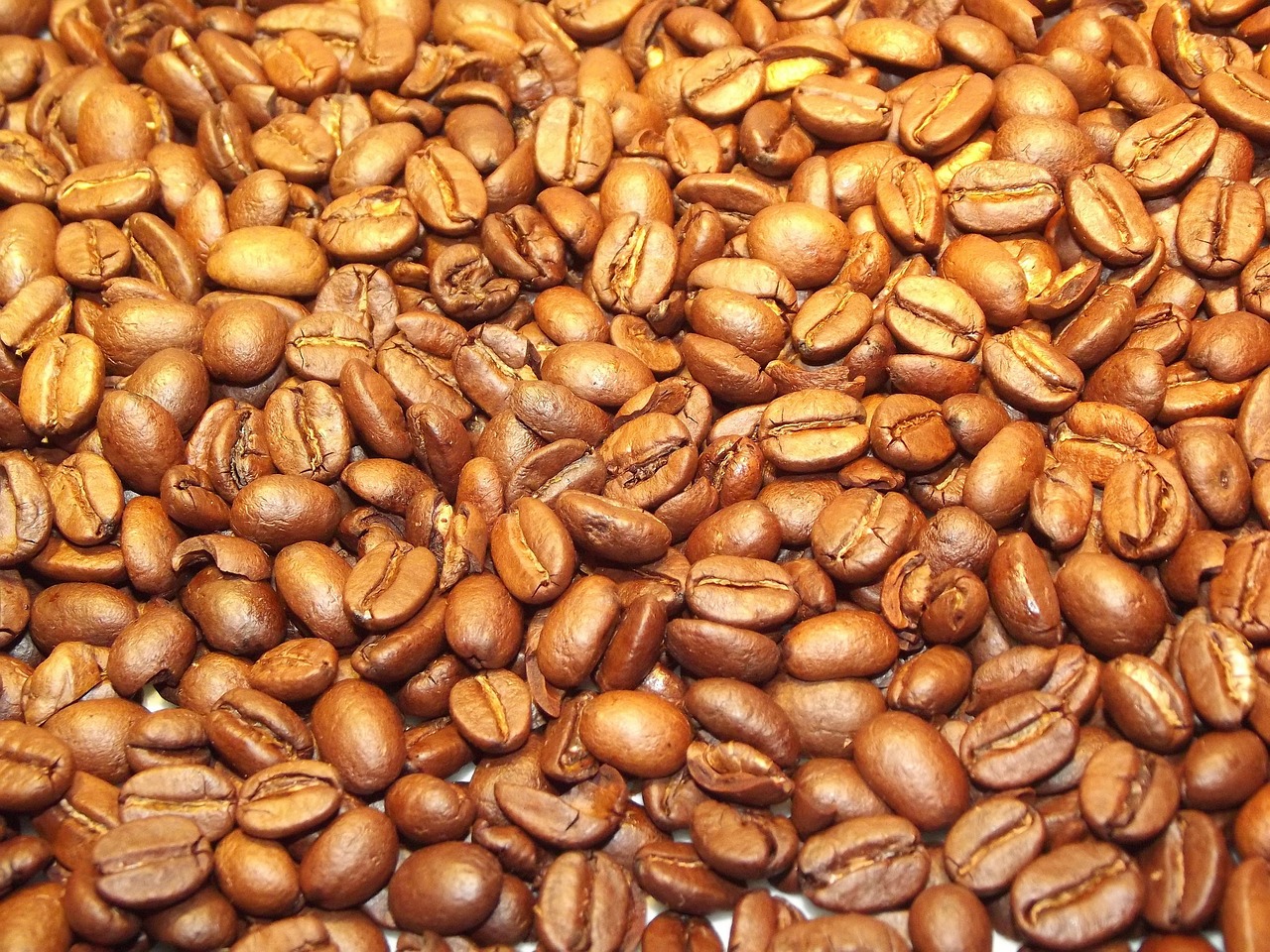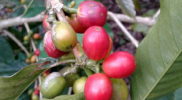Light roasted coffee beans are usually a lighter shade of brown with a light body and no oil on the surface. These roasts also tend to have a pronounced acidity and toasted grain taste. The origin flavors of the bean are retained to a greater extent than in darker roasts. Contrary to popular belief, light roasts retain most of the caffeine from the coffee bean compared to dark roasts.
During roasting, light roasted beans generally reach an internal temperature of 180°C – 205°C (356°F – 401°F). At or around 205°C, the beans pop or crack and expand in size. This is known as the “first crack”. So a light roast generally means a coffee that has not been roasted beyond the first crack.
Summary of Differences
-
As coffee roasts get darker, they lose the origin flavors of the beans and take on more flavor from the roasting process.
-
The body of the coffee gets heavier, until the second crack, where the body again thins.
-
Lighter roasts have more acidity than darker roasts.
-
Light roasted beans are dry, while darker roasts develop oil on the bean surface.
-
The caffeine level decreases as the roast gets darker.






